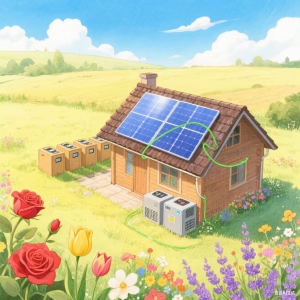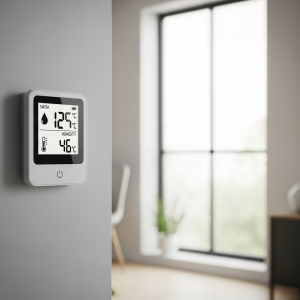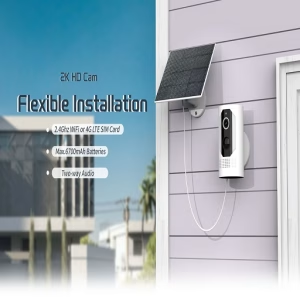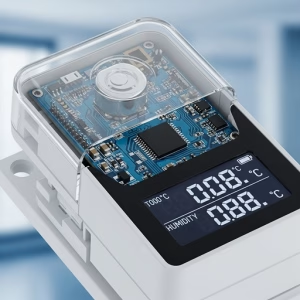DIY Outdoor and Travel Energy Storage: An In-Depth Guide
Introduction
The demand for portable power solutions has surged in recent years, driven by the increasing popularity of outdoor activities, digital nomadism, and emergency preparedness. While commercial power banks and solar chargers offer convenient solutions, DIY energy storage offers a more customizable and potentially cost-effective approach. This in-depth guide will provide you with the necessary knowledge and skills to build your own outdoor and travel energy storage solutions.
Understanding the Basics
Battery Technology
- Lithium-Ion Batteries:Renowned for their high energy density and low self-discharge rate, Li-ion batteries are the most common choice for portable devices. However, they require careful handling and temperature control.
- Lithium-Polymer Batteries:A type of Li-ion battery with a polymer electrolyte, Li-Po batteries offer flexibility in shape and size, making them suitable for various DIY projects.
- Nickel-Metal Hydride (NiMH) Batteries:NiMH batteries are known for their long cycle life and low self-discharge rate. They are a good option for applications that prioritize durability over energy density.
Power Electronics
- Battery Management Systems (BMS):A BMS monitors and controls battery voltage, current, and temperature to ensure safe and efficient operation.
- DC-DC Converters:These devices convert DC voltage from one level to another, allowing for efficient power transfer between different components.
- DC-AC Inverters:Inverters convert DC power from batteries into AC power, enabling the use of AC appliances.
Solar Power
- Solar Panels:Solar panels convert sunlight into electrical energy. Their efficiency and output depend on factors like cell technology, size, and angle of incidence.
- Solar Charge Controllers:These devices regulate the charging process, preventing overcharging and ensuring optimal battery life.
DIY Project Ideas
Portable Power Station
A portable power station is a versatile device that can power various electronic devices, from smartphones to laptops. To build a DIY power station, you will need:
- Lithium-ion batteries
- A BMS
- A DC-DC converter
- A DC-AC inverter
- A suitable enclosure
- Wiring and connectors
Solar-Powered Charging System
A solar-powered charging system is an excellent way to harness renewable energy for your outdoor adventures. Essential components include:
- Solar panels
- A solar charge controller
- A battery bank
- Wiring and connectors
Custom Battery Packs
Custom battery packs can be tailored to specific devices and applications. Consider factors such as battery type, capacity, voltage, and size when designing your battery pack.
Design and Construction
Circuit Design
- Schematics:Create clear and accurate schematics to visualize the circuit layout.
- Component Selection:Choose high-quality components that are suitable for your specific application.
- PCB Design:If necessary, design a custom printed circuit board (PCB) to optimize the layout and performance.
Soldering Techniques
- Soldering Iron:Use a soldering iron with an appropriate tip size.
- Solder:Choose a high-quality solder with a suitable melting point.
- Flux:Apply flux to the soldering joints to improve solder flow and prevent oxidation.
Enclosure Design
- Material Selection:Choose a durable and weather-resistant enclosure material.
- Ventilation:Ensure adequate ventilation to prevent overheating.
- Cable Management:Organize cables neatly to avoid short circuits and damage.
Safety Considerations
- Battery Safety:Handle batteries with care, avoid overcharging, over-discharging, and physical damage.
- Electrical Safety:Use proper tools and techniques to avoid electric shock.
- Fire Hazard:Be cautious when working with batteries and charging circuits, as they can pose a fire risk.
Testing and Troubleshooting
- Voltage and Current Measurements:Use a multimeter to measure voltage and current levels.
- Battery Capacity Testing:Test battery capacity to assess its performance.
- Troubleshooting Techniques:Identify and fix common issues, such as faulty components, poor connections, and software errors.
Advanced Topics
- Thermal Management:Implement effective cooling solutions to prevent overheating.
- Energy Efficiency:Optimize system efficiency through component selection and design.
- Wireless Charging:Explore wireless charging technology for convenient power transfer.
Conclusion
By following the guidelines in this in-depth guide, you can successfully build your own DIY outdoor and travel energy storage solutions. Remember to prioritize safety, quality components, and thorough testing. With careful planning and execution, you can create a reliable and efficient power source for your adventures.




